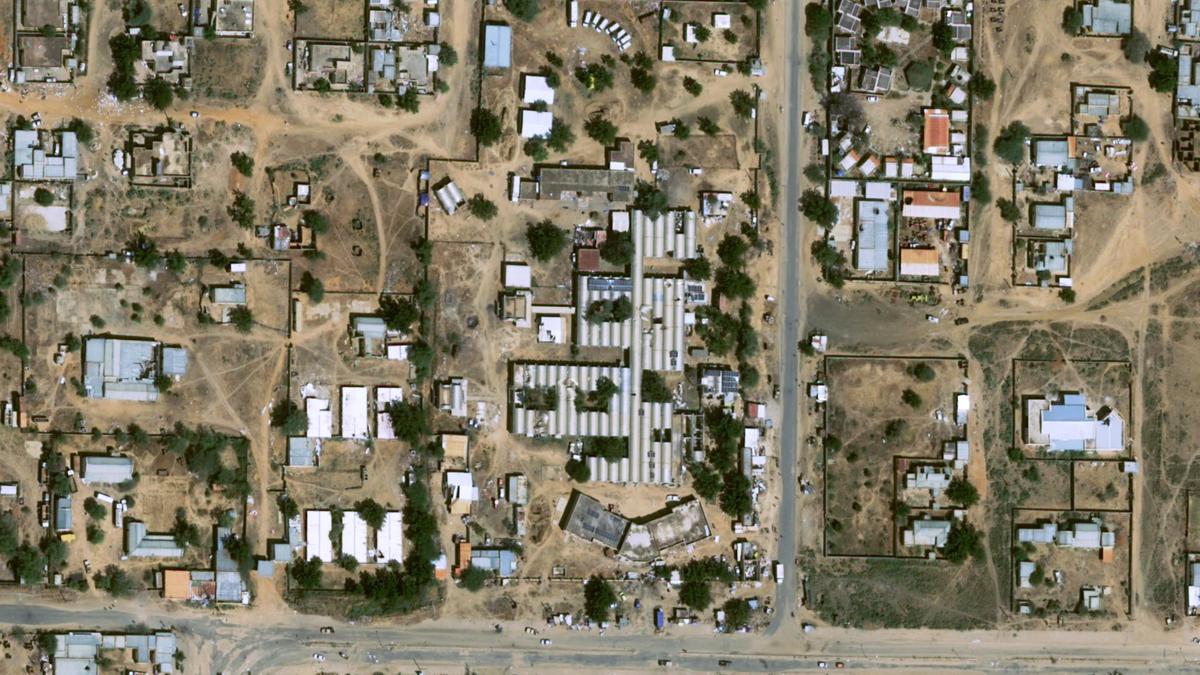Copyright thehindubusinessline

The year 2024 was the warmest ever recorded — about 1.55°C above pre-industrial levels. The UN General Assembly has designated October 13th as the International Day for Disaster Risk Reduction to raise risk awareness and reduce disasters. There is unequivocal evidence that with every fraction of a degree increase, risks to lives, food, water, and economic stability multiply rapidly. Clearly, climate action is costly, but inaction even costlier and exacerbating climate shocks which overwhelm public finances, erase livelihoods and neutralise development advancements. In the run up to COP 30 in Brazil, along with ramping up climate ambition, countries need to focus on mobilization of finance for adaptation and climate resilience at an unprecedented scale and speed. Even in India, climate related disasters are no longer episodic but a near daily reality today, with 322 days out of 365 facing extreme weather instances. During the last two decades, India faced the 3rd largest number of natural disaster events in the world. Torrential rainfall bringing floods and rising heat waves are hitting industry hubs with increasing frequency, stalling production, straining infrastructure, and destroying working capital. Such repeated shocks in the most vulnerable regions trigger distress migration, impact health services, disrupt education and exacerbate debt cycles. Addressing such unprecedented scale of disasters require immediate and innovative solutions. For Indian economy to guard against these climate impacts, our adaptation frameworks and policies must be in place. To its credit, India is approaching this issue with gravity and urgency. India’s commitment to net zero is backed by efforts and schemes across sectors, which include regulatory pushes viz. Carbon Credit Trading Scheme (CCTS), draft guidelines on climate finance, innovative resilience approaches such as parametric insurance, sector specific solutions viz. green steel taxonomy, climate resilient agriculture and tightening standard setting through green bond directives and climate finance taxonomy. These initiatives lay the foundation for a conducive environment which ensures transparency and boosts stakeholders’ confidence. Innovative financial instruments Like any developing country, India is walking a tightrope between climate risk management and economic development. While significant focus has been endowed to adaptation, resilience finance i.e., finance directed towards reducing harms of climate shocks — heatwaves, floods, droughts, cyclones, sea-level rise and speedy recovery — is in a nascent stage. Few plausible climate resilience approaches include parametric covers for simple and fast payments to affected parties; climate resilient crop and livestock products; emergency cash rails through reliable IDs; concessional, hazard-responsive credit availability for small and medium enterprises (SMEs) and investments in cooling methods, effective water management to ensure that weather related events do not result into life and livelihood threatening setbacks. Some innovative climate resilience instruments which are being used globally include: Climate-Resilient Debt Clauses (CRDCs) where creditors pause a country’s debt repayment following a major climate disaster; commonly used across Caribbean countries which face recurring hurricanes and floods. Catastrophe Deferred Drawdown Options (Cat-DDOs) which are pre-arranged credit lines disbursed immediately upon happenstance of an emergency to provide liquidity; commonly used in Latin America. Forecast-based or anticipatory financing which releases funds on anticipation of climate disasters based on scientific forecasts across pre-agreed thresholds; the Red Cross has been running these pilots to reduce loss and damage in vulnerable regions. Insurance-Linked Securities (ILS) which are investments whose payoff depends on insured catastrophe losses rather than company profits or interest rates. The most common ILS are catastrophe (cat) bonds commonly used in the US, Japan and Australia. A promising tool India is exploring climate-linked insurance scheme that uses parametric triggers e.g., specific rainfall, temperature, earthquake intensity, wind-speed thresholds to autopay on triggering of certain predefined thresholds. This would not only reduce the burden on government disaster relief fund but also provide timely assistance to the impacted parties. While a successful pilot testing for parametric insurance has been undertaken in Nagaland in India, globally this has become a common instrument for climate impacted regions like some states in the US, the UK, the Philippines, Japan, Caribbean and Central American countries. India boasts a robust digital architecture wherein Direct Benefit Transfers (DBT) are being successfully credited to millions of beneficiaries, making forecast-based cash support schemes operationally feasible. In fact, India’s weather-based crop insurance payouts are increasingly being remitted via DBT under Pradhan Mantri Fasal Bima Yojana (PMFBY) making a strong case for implementing parametric insurance schemes to a wider group. Interestingly, emerging parametric heat programs viz. SEWA’s heat-trigger cover for informal women workers for pairing automatic triggers with direct income support to beneficiaries or India’s Heat Action Plans (HAPs) guided by National Disaster Management Authority (NDMA) setting out early warnings, health measures, cooling/water access, and operational steps before and during heatwaves via DBTs could be signals of preparedness for effective parametric insurance scheme implementation in India. While global climate resilience instruments may provide an initial guidance, there is a need to test these for local realities in India. Remember, India not only faces adaptation financing gap for building resilient infrastructure, but it also needs financial instruments which protect vulnerable communities viz. the SMEs and others. As India moves towards developing policies and frameworks for climate resilience, insurance and financial regulators may need to introduce policies in a phased manner with a focus on reducing insurance premiums, and recovery time while also reducing burden on the government’s treasury. From frameworks to action In the Indian context, the challenges to a robust climate resilience framework are many. From addressing data gaps for hazards, exposure and losses, to non-standard triggers, affordability of beneficiaries in the absence of premium subsidies, integration of IMD alerts, beneficiaries list, cash rails viz UPI, Aadhaar linked DBT, enabling automatic, real-time disbursement of support as soon as a climate trigger occurs. However, all of these require mammoth scale of planning, technology, intention and execution. Not to mention the unequivocal necessity of transparency and fairness. Private capital also needs to show willingness and support to government policies, while regulators need to expedite creating detailed yet simplified frameworks. The silver lining is that India has started work on these fronts with International Financial Services Centres Authority (IFSCA) draft framework for ILS Cat bonds and parametric climate insurance being piloted across the country, the key guiding force here could be efficacy and urgency. Jindal is a Senior Faculty and Energy Economist, and Rai is Vice-President, Sustainability and Climate Risk at a leading bank Published on November 3, 2025



